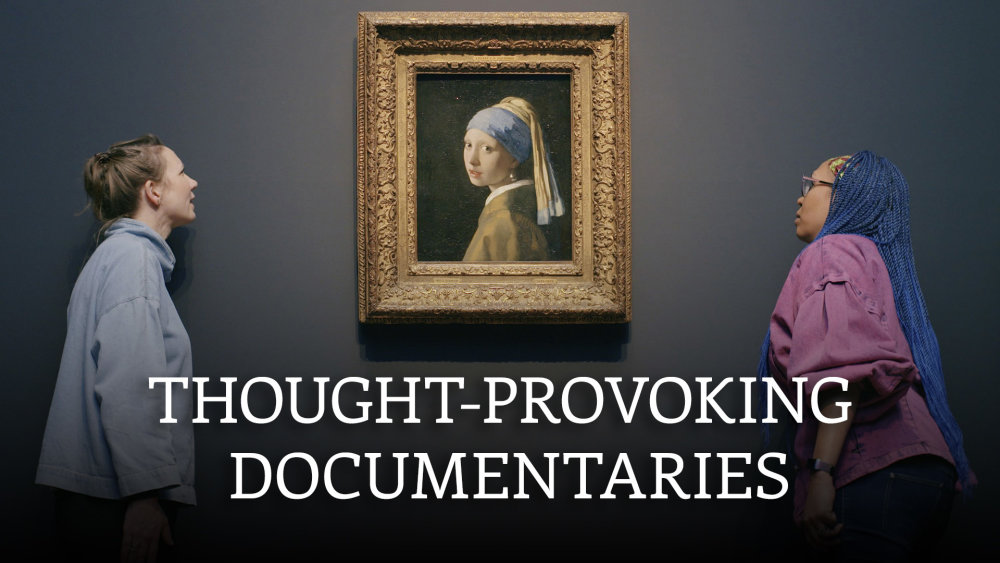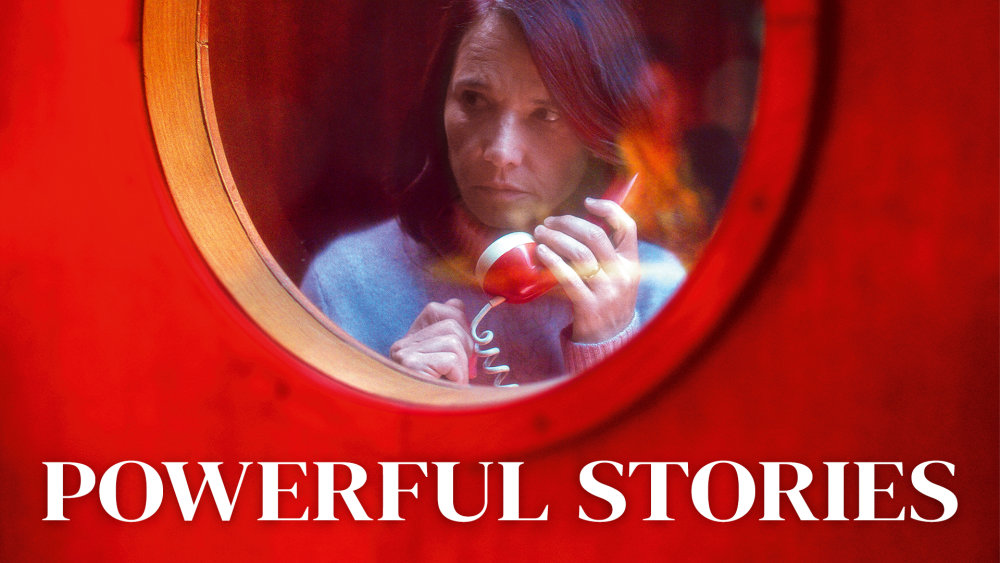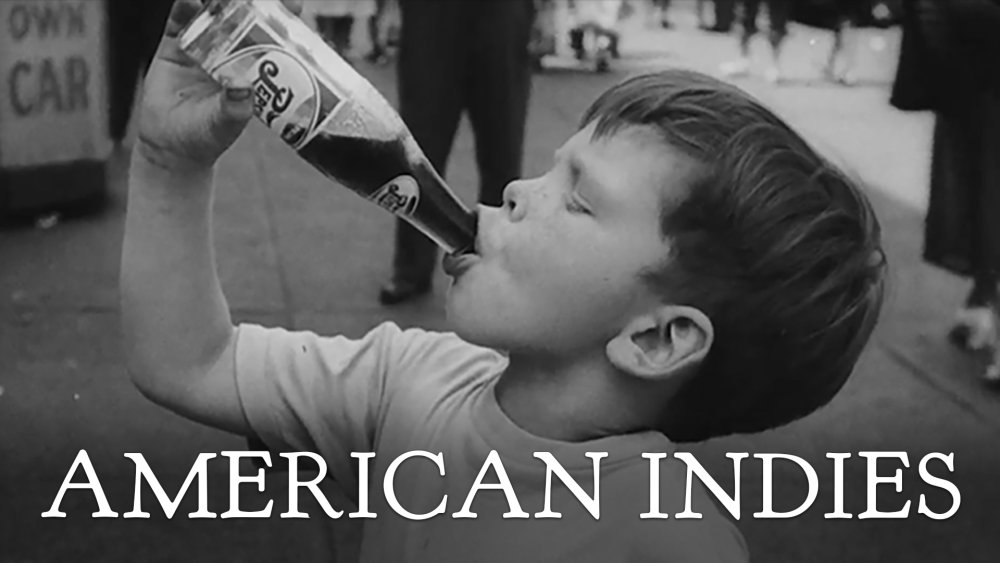.png)
Who Is Jean Rollin? Get to Know the French Cult Director’s Candy-Coated Horror
.png)
Jean Rollin’s films often begin where horror shouldn’t: in shining light and unassuming colors. When other horror films choose to darken, the French Euro-cult master of the fantastique genre bleaches and brightens to find a menace more insidious than the shadows. His vampires drift in the fragile light of the day, moving through luminous chateaux, dressed in peach and cream gauzes that catch the sun.
Requiem for a Vampire (1971), a Rollin fan favorite, begins with an almost playful scene: two teenage girls dressed as clowns and a man fly through the countryside in a car, passing cows pastures along the way.
The camera lingers on the pale blue sky and the lush fields. The air around them is weightless and dreamlike. The minimal dialogue and bucolic visuals make the scene seem unthreatening, until their escape lands them in a chateau with ruined corridors and plaster peeling off the walls like dead skin. The pastels shed and the soft grandeur fades, breaking the moment of innocence.

Mireille Dargent and Marie-Pierre Castel dressed in bright clown costumes in Requiem For a Vampire
In Rollin’s world, horror belongs to instability. His cinema is full of elements that are dissolving: colours thinning into air, narratives fading into daydreams, walls crumbling, threatening to collapse, and castles thriving in decay—it is as if time is his art director. Watching these films is like biting into a candy apple and finding that it's made of ashes.
In Lips of Blood (1975), Rollin plays with muted palettes again. The film centers around a young man, Frédéric, who is drawn to a memory of a girl. Rollin collides childhood memory and fantasy surrounded by shades of blues, soft pinks, and washed out greens.
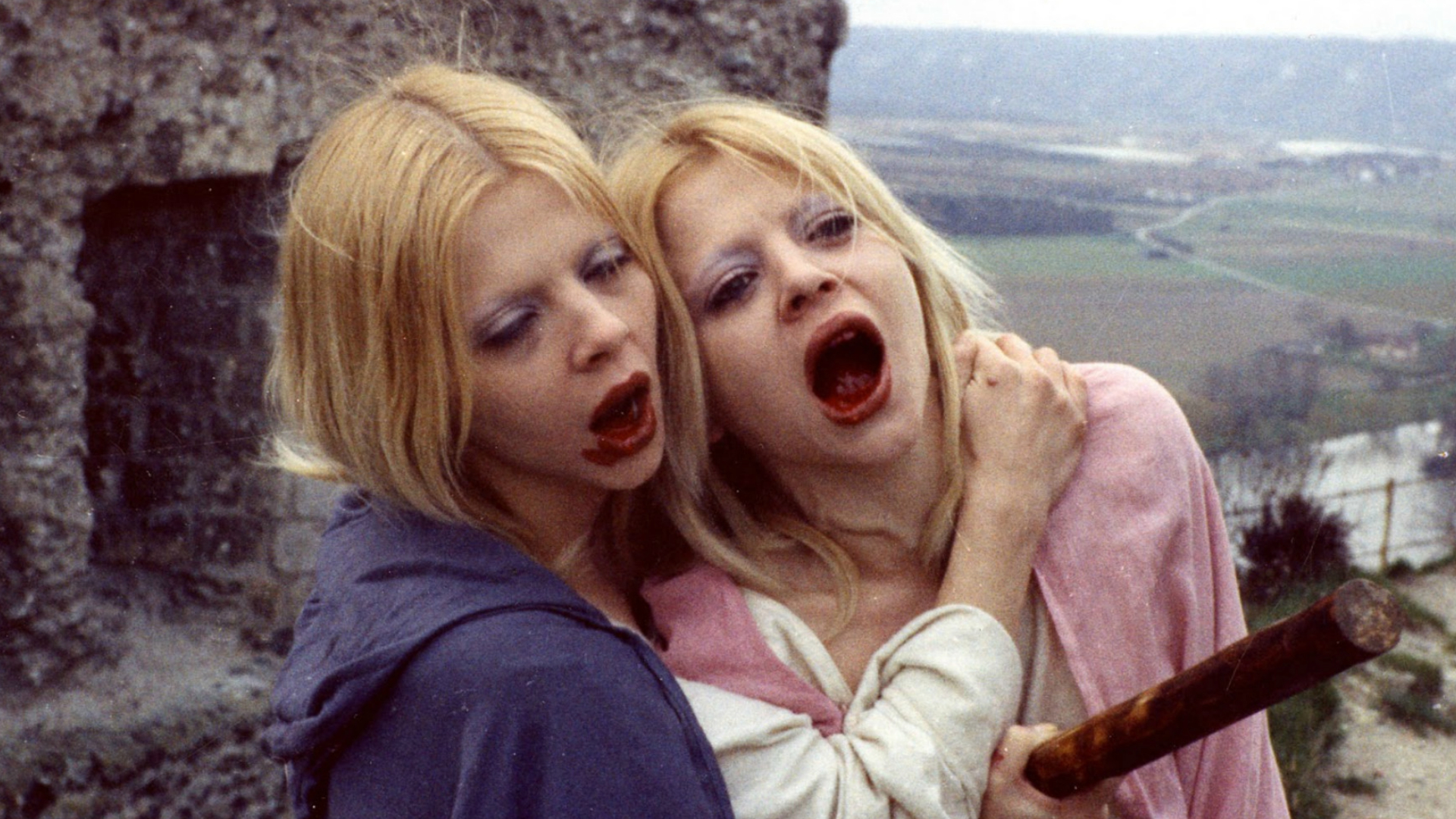
Marie-Pierre Castel and Catherine Castel as vampires in Lips of Blood
Early on in the film, Frédéric discovers a photograph at a party and is enamored by the mansion captured in it. The walls of the mansion glimmer in sunlit pastels, and the gates are adorned with motifs reminiscent of children’s storybooks. The colors evoke nostalgia and innocence and, in typical Rollin fashion, he twists them. Though the colors are soft as cotton candy, they also frame desire and danger, suggesting that childhood memory can be both seductive and unsettling.
There is another remarkable scene later in the film where the moonlight casts an ethereal silvery glow over the castle, illuminating four women wearing nothing but pink and purple see-through smocks. Although the women are vampires, out to hunt a man for his blood, the light and the soft colors make the scene look delicate and rather evocative. The vampires look like porcelain dolls and glide like ghosts through the gently lit corridors. Horror here is rendered through lightness and fragility, the candy-like colors making the women’s predatory presence more eerie.

A still from Lips of Blood
Another Rollin film, Two Orphan Vampires (1997), similarly uses childlike pastel colors as a thrilling mask for decay and erotic danger. Henrietta and Louise are two blind and innocent sisters who live in an orphanage of pale yellows, mint greens, and soft pinks—spaces that recall pastel dollhouses. By day, this pastel world feels playful and safe, but by night the orphanage turns into a landscape of peril.
.png)
A still from Two Orphan Vampires
The girls’ limited eyesight renders the night world in shades of soft blues and lavenders, colors that are usually associated with calm, but here they’re turned into an eerie spectacle. Likewise, during the day, the toy-like pastel world in colors generally associated with fragility and innocence, becomes the mechanics that host horror, destabilizing the audience only to reveal the darkness that lurks beneath the sugary surface.

Alexandra Pic and Isabelle Teboul in Two Orphan Vampires
As Rollin’s palette softens towards the surreal, his world seems to dissolve entirely into light. What remains is the texture, the shimmer, and the faint hue of a dream. Rollin’s genius is not only about aesthetics. By refusing the “natural” language of horror, he asks, “What if horror could reside inside the colors we trust the most?” His candy-colored horror works because, unlike saturated reds and blacks, pastels cannot endure—they suggest the possibility of fading and vanishing under light.
Now, decades later, Kino Lorber brings back Rollin’s fragile worlds to their full luminous strangeness with new restorations. The colors are newly alive, soft and perilous, reminding us that in Rollin’s cinema, even the sweetest images can haunt.
Stream Jean Rollin on Kino Film Collection at the links below, and add his pastel-hued horrors to your shelf with our Jean Rollin physical media collection.
.jpg)
Lips of Blood (1975)
Considered Jean Rollin’s most developed story, Lips of Blood blends childhood nostalgia, lost love, and romantic obsession. When Frédéric sees a chateau in a perfume ad, he recalls a night long ago with a mysterious young woman. Later, the woman reappears unaged and beckons him. Frédéric returns to the chateau and her, uncovering dark secrets about his family’s past.
.jpg)
Requiem For a Vampire (1973)
A favorite of his cult horror films, Jean Rollin’s Requiem for a Vampire chases two girls on the run as they get lost in the French countryside. Eluding their pursuers, the two girls dress as clowns and continue their flight on foot as they journey to a cemetery and a haunted chateau inhabited by vampires.
.jpg)
The Nude Vampire (1970)
A surreal blend of horror, espionage, and erotica, Jean Rollin’s The Nude Vampire follows the son of a wealthy businessman as he is lured into a secret cult conducting experiments on a mute vampire woman. It is love at first sight and Pierre determines to liberate his beloved, a goal which attracts other vampires, who plan a torch-carrying siege of his father's palatial compound.
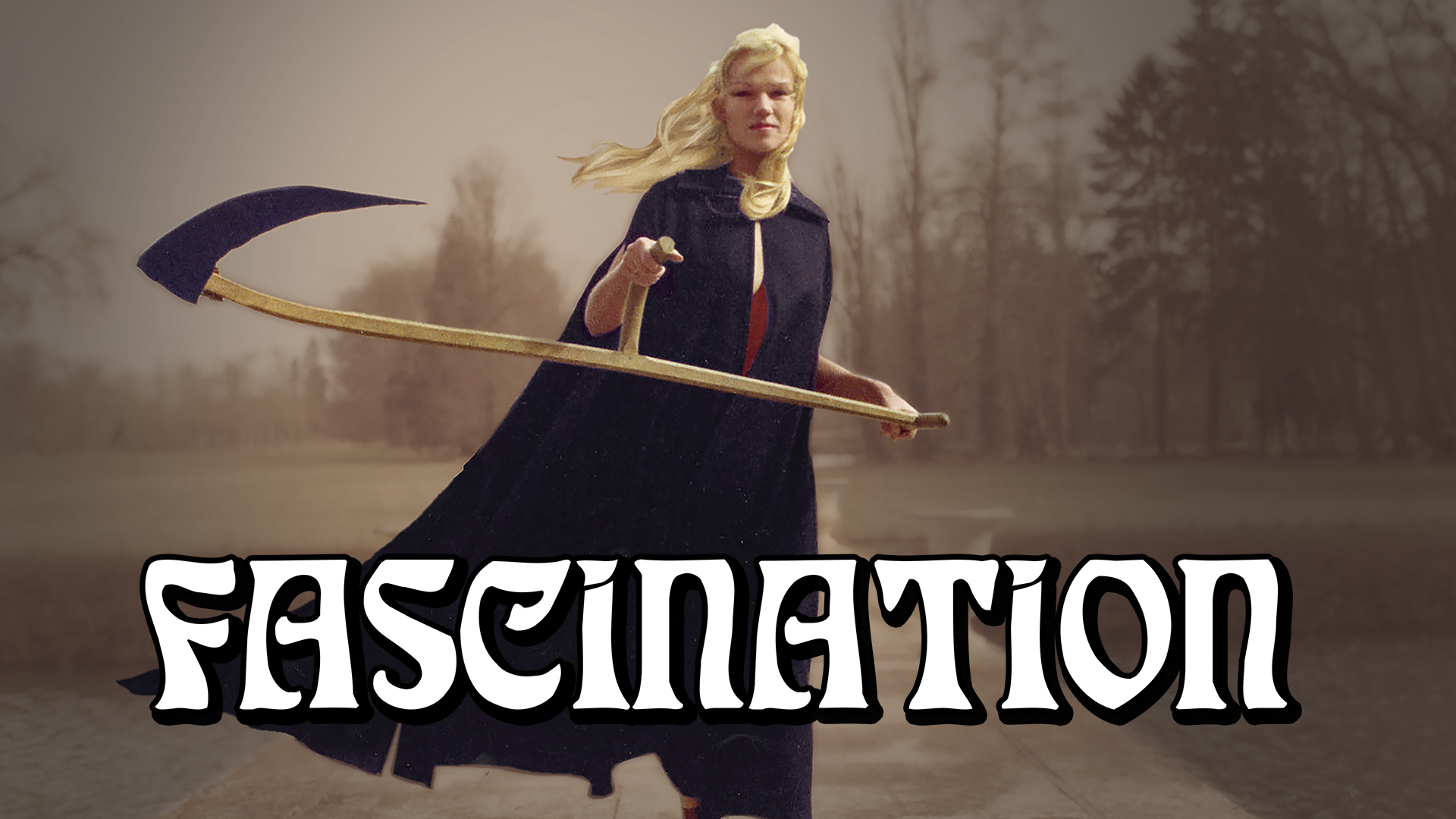
Fascination (1979)
The masterpiece of renowned French filmmaker Jean Rollin, Fascination follows a swaggering thief who hides out in a lavish chateau, holding the occupants at gunpoint. When night falls, he discovers that these two maids are in fact the gatekeepers to a ring of bloodthirsty women.




